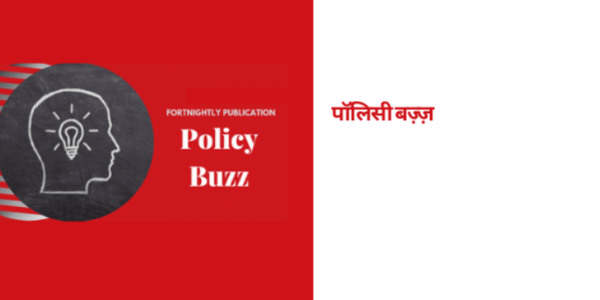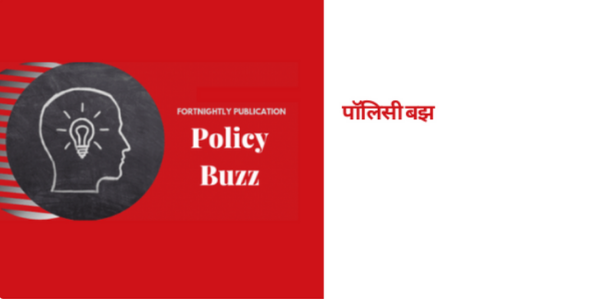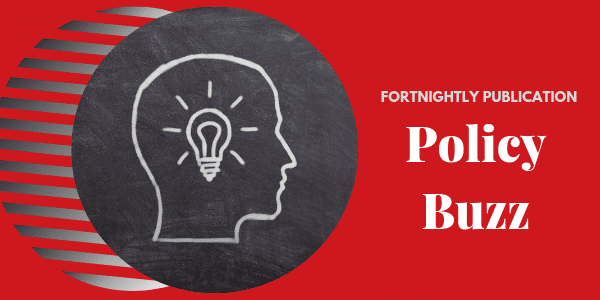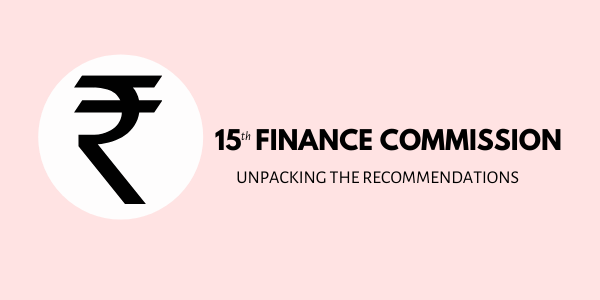This interview was conducted as a part of a research study funded by the Azim Premji University under the COVID-19 Research Funding Programme 2020. The study delves into the experiences of frontline workers in Rajasthan and Himachal Pradesh during the COVID-19 pandemic.
It was conducted with an ASHA in Solan, Himachal Pradesh on 5 January 2021 in Hindi, and has been translated.
Q: During the past several months, you have been involved with pandemic-related work. Can you give a brief overview of what your pandemic and non-pandemic duties were?
ASHA: The nature of my work has changed quite a bit. From March-May 2020, I was only engaged in pandemic-related work because my other responsibilities like immunisations, taking care of pregnant women, and prescribing medication to children were all reduced to only emergency cases.
In this period, my primary work was to go door-to-door, take samples, and check for any active cases of COVID-19. I was also spreading awareness about the virus and educating people on social distancing, and the usage of masks, and sanitisers.
However, after May 2020, when the lockdown restrictions were relaxed, my workload increased a lot because I had to resume immunisation and other duties like taking weights of pregnant women and children. I had to do this for all the 13 villages that were assigned to me.
Due to the apprehensions about the virus, people were skeptical to come to the Primary Health Centres for normal check-ups. So, they would call me and ask me to deliver them the medicines at their homes. This increased my work because I had to keep travelling all the time.
During this entire period, the scope of my work also drastically changed. Earlier, I would only cater to women (especially pregnant women) and children. At most I would see elderly patients, but now all the people in a household are my responsibility, and they all feel comfortable in consulting me for any health-related issues.
Q: What was your relationship with other Frontline Workers (Auxiliary Nurse Midwives or ANMs, other Anganwadi Workers or AWWs, and ASHAs) or other Corona Warriors in your area post the pandemic? For instance, how did you coordinate with each other?
ASHA: There was coordination, there still is. However, my coordination was limited to my fellow ASHA workers, and ANMs. I only coordinated with AWWs during the Active Case Finding (ACF) phase, which started in February 2020.
But ANMs and we (ASHAs) were like one single team. My day would start with talking to them about the tasks, and how we should divide the work in a way that everything could be covered.
We were mostly going door-to-door, so whenever ANMs would get done with their tasks, they would accompany us and help us out.
Whenever I would face problems in the family, or if I had to go take care of my children, I would inform my ANM didi and she would fill in for me.
Q: What has motivated you to come to work and carry out your activities during the pandemic?
ASHA: My motivation has changed a lot in 2020. I was never interested in the field of medicine and health. I was working at Akashvaani before. But I had to change my job when I got married.
My only motivation before the pandemic was that this was the job which was giving me some money and helping me manage my house finances. However, the past 9-10 months have changed it all. People have started to salute me, they appreciate me, and they call me ‘Corona Warrior’. All of this makes me feel that I am capable of doing something important, and I like that feeling; it drives me to work more and work better.
Earlier, nobody knew who I am and what I do. Now, wherever I go everyone knows me, everyone knows my work, and everyone appreciates it. People also listen to me. All the villages assigned to me have been very cooperative and they patiently obey the rules because they trust me and my expertise. This is a great feeling, and has always motivated me!
I also received a lot of certificates for my work during COVID-19. I got one from my society; one from the Panchayat, and one from the hospital as well. But apart from this, monetary incentives were also a motivation driver. I know that a lot of frontline workers didn’t get the money on time, but everyone in my team did, and that encouraged us to work more.
Q: Have you faced challenges in carrying out your work?
ASHA: One of the biggest challenges was to manage the sudden increase of workload. I have 13 villages under me, and I don’t have a transport facility, so I have to either walk or take the bus to go to the Primary Health Centre (PHC). I never received any reimbursement for the money I spent to take buses, or to hire any vehicles to travel, which is why I often just walked.
Moreover, this work also requires a lot of spontaneity, which I wasn’t ready for. I would get calls out of nowhere to come and do check-ups, which was very tough to manage because I also had to manage my family and housework.
Another challenge was that sometimes people would not allow us to enter their homes. This one time a lot of people from Delhi arrived in the village, and we were given strict instructions to quarantine them in a government institution. When we went to them for this, they lashed out at us and refused to cooperate. My supervisors were very helpful during this time because they called the police and asked them to take over the matter.
Managing the family was also a huge challenge. Because of my pandemic-related work, I was not able to give time to my kids at all and it frustrated my in-laws as well as my husband. They were also not supportive of me working long hours at the PHC.
Lastly, these days a huge problem is also with vaccines. People feel hesitant to even get checked because they feel that if they test positive, I will give them the vaccine and they are wary because there isn’t enough evidence about its efficacy. I have been trying to tell them that their health will never be compromised, but they are still very scared.
Q. How did you overcome the challenges that you faced?
ASHA: To cope with the spontaneity of this job, I started waking up early to do my household chores. I also tried to explain to my family the importance of this work.
In terms of challenges related to the workload, I would just remind myself of the larger context in which I am working.
In the beginning, I was very shy — we’re all women, and for us to suddenly have to go to random houses to do field work was a huge deal. We found it to be so difficult, but I would remind myself of my duty towards the country. Look at me now, you can ask me to go anywhere, anytime, and I will go without any hesitation because I know that my work, my profession is important to this country.














 fincomindia
fincomindia